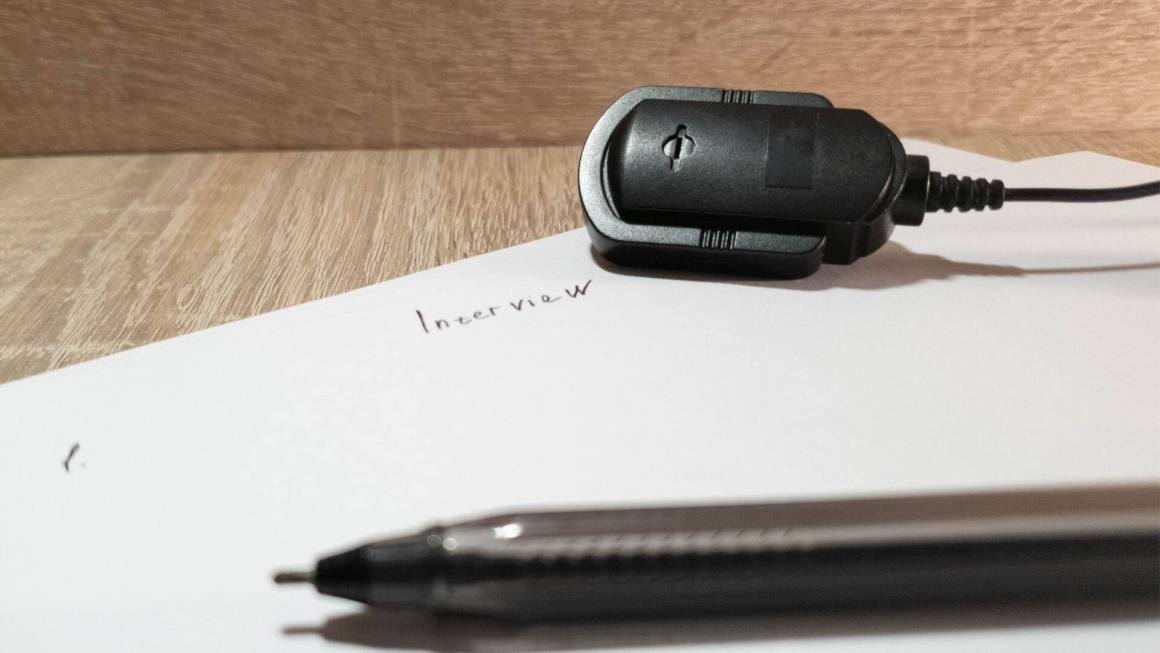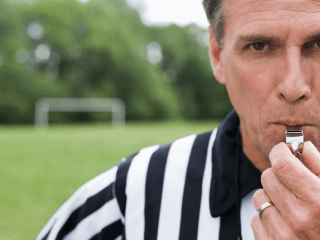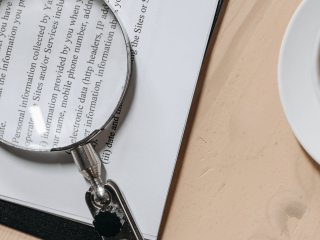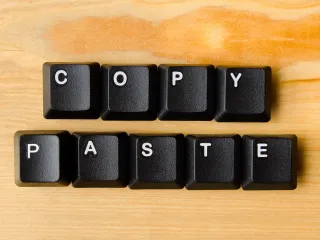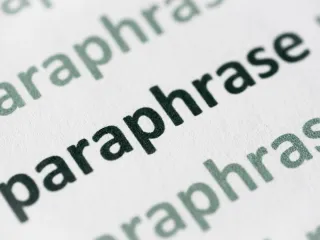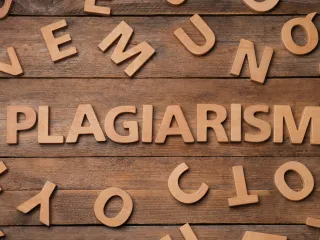Why Interview Citations Are Important
In any writing project you undertake, it’s incredibly important to cite all relevant sources that you’ve referenced in that project. Failing to attribute a fact or statement to the appropriate source is not just unprofessional and unethical; it also can get you in trouble at work, or could be a violation of your school’s academic integrity policy. Proper citation of all your reference sources can help you avoid all that.
How to Cite an Interview
How you cite an interview will depend on the type of interview, whether it’s been published, and if so, how. Here’s everything you need to know about citing interviews in MLA, APA, and Chicago style, with citation examples.
Citing Personal Interviews vs. Published Interviews
Personal or unpublished interviews are those that you conduct yourself with the interviewee. Personal interviews have not been published anywhere, making them very simple to cite across all style guides. However, a published interview requires a more complicated web of information.
As you’ll see, each citation style has different rules for different types of interviews. In general, however, just remember that a citation to a published interview must also include a citation to the publication.
APA Citations
Under the 7th Edtion APA Style Guide, there are three types of interviews: published, personal, and research-participant interviews. Published interviews must be cited in a separate reference list, while personal and research-participant interviews should have in-text or parenthetical citations.
Published Interviews
Published interviews follow the same citation format as the source in which they are published. For example, to cite a YouTube video interview, cite the YouTube video that it comes from:
- Wombat, W. [SuzyScholar1]. (2020, December 28). Wombats in the Wild [Video]. YouTube. https://www.youtube.com/watch
Likewise, if you’re referencing an interview in a periodical, you would cite that periodical. Note that only the interviewee’s first initial is used in APA format, rather than their full first name. When citing a PDF, you should also include the digital object identifier (DOI), if available, even if the periodical is in print:
- Wombat, W. (2020). Interview by Suzie Scholar. Wildlife Journal, 47(3), 63-88. https://doi.org/xx.xxx/yyyy
Personal Interviews and Research-Participant Interviews
Personal interviews are considered personal correspondence under the APA Style Guide, and therefore don’t require a citation in the reference list. Likewise, research-participant interviews are interviews that you conduct yourself for that piece of research.
Personal and research-participant interviews should be left to in-text citations and parenthetical references.
MLA Format
The MLA Style Guide distinguishes between personal interviews and published interviews with different citation formatting rules for each.
Personal Interviews
Citing a personal interview in MLA Style is very simple. You’ll need the interviewee’s last name and first name, and the date of the interview:
- Wombat, Walter. Personal interview. 17 Mar. 2017.
Published Interviews
There are slight differences between the proper format of MLA citations for interviews published in print, online, and broadcast via radio, television, or film.
Print Publications – If the interview is published in a book, periodical, or another print source, cite it like any single article or section within the larger work. The name of the interviewee takes the place of the author name, and the title of the interview takes the place of the article title. Also included is publication information such as volume and page number:
- Wombat, Walter. Interview by Suzie Scholar. Wildlife Journal, vol 47, no. 3, 2018, pp. 43-68.
Note that if the interview has no title, you can replace it with the descriptor, “Interview by Interviewer.”
Film, Television, Radio, etc. – Similarly, with film or broadcast interviews, you first identify the interviewee, the title of the interview, and then the source that it came from.
- Wombat, Walter. “Interview by Suzie Scholar.” Wombats in the Wild. Twentieth Century Fox, 2016.
Online-Only Publications – Online-only publications follow the same general rules as print publications. Instead of volume and other print information, though, you identify the date of publication, the direct web address of the interview, and the date you last accessed it:
- Wombat, Walter. Interview by Suzie Scholar. Worldwide Wombats, 28 Dec. 2019, http://www.worldwidewombats.com/walter-wombat-interview. Accessed 13 Nov. 2020.
Chicago Style
The Chicago Manual of Style distinguishes between unpublished interviews and published or broadcast interviews. The Chicago Manual of Style has different rules for print media and broadcast media among published interviews.
As a general rule, in-text citations and notes are in the format “first name last name,” while citations in a separate reference list are formatted with the interviewee’s last name first. The interviewer is always referenced “first name last name.”
Unpublished Interviews
Chicago style guidelines for unpublished interviews are designed to help the reader understand the interview context. They are best included as in-text citations or footnotes rather than as part of a separate bibliography:
-
Walter Wombat (a wombat) in discussion with Suzie Scholar, January 2020.
If there is a recording of the original interview available, include information about where to find that recording, as well.
Published Interviews
Interviews in print publications are handled differently from broadcast interviews. A print interview is cited similarly to a periodical, with the interview title in quotation marks:
In-Text/Footnote
-
Walter Wombat, “Weird Wombat Facts,” interview by Suzie Scholar, Wildlife Journal, no. 47 (Winter/Spring 2020): 63.
Bibliography
- Wombat, Walter. “Weird Wombat Facts.” By Suzie Scholar. Wildlife Journal, no. 47 (Winter/Spring 2020): 63-88.
Broadcast interviews have their own specific format as well, depending on whether they’re cited in-text or in a separate bibliography:
In-Text/Footnote
-
Walter Wombat, interview by Suzie Scholar, Wild Wombats Podcast, Nature Podcasts, January 11, 2020.
Bibliography
- Wombat, Walter. Wild Wombats Podcast. By Suzie Scholar. Nature Podcasts, January 11, 2020.
Double-Check Your Work
One final step that can help you double-check your work for unintentional paraphrasing or copying is to use a plagiarism checker. Professors, editors, and other professionals use plagiarism checkers to verify that the content they’ve received is all original. You can use the same tools they use to check your work yourself.
Some plagiarism checkers like Quetext even include advanced features to make your job easier. Quetext detects even unintentional plagiarism in your work, which is especially helpful when it comes to how to cite an interview.
It then begins auto-generating citations in whatever citation format you prefer. You fill in the blanks, and just like that, you have a completed citation where you didn’t even realize you needed one.

